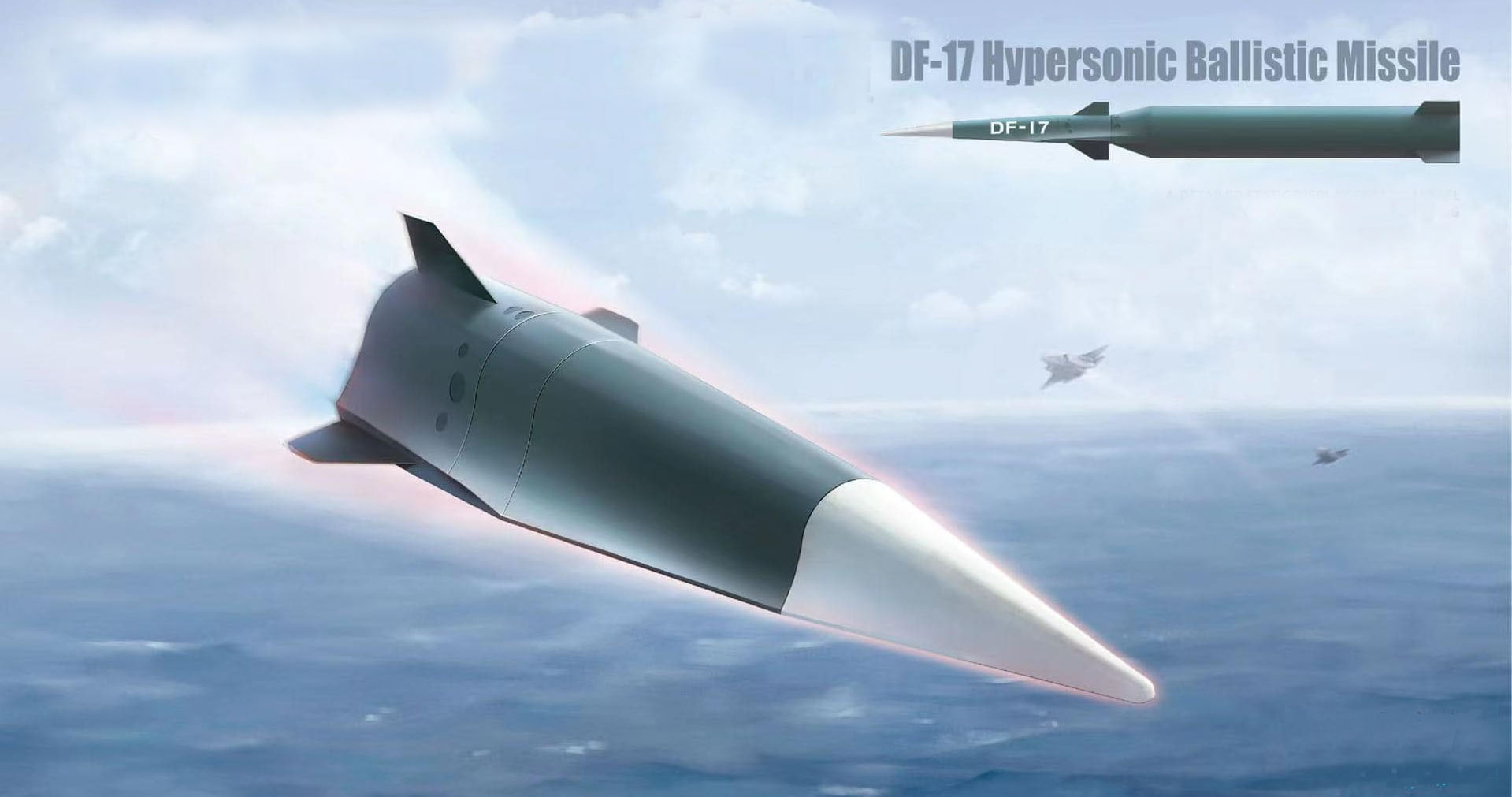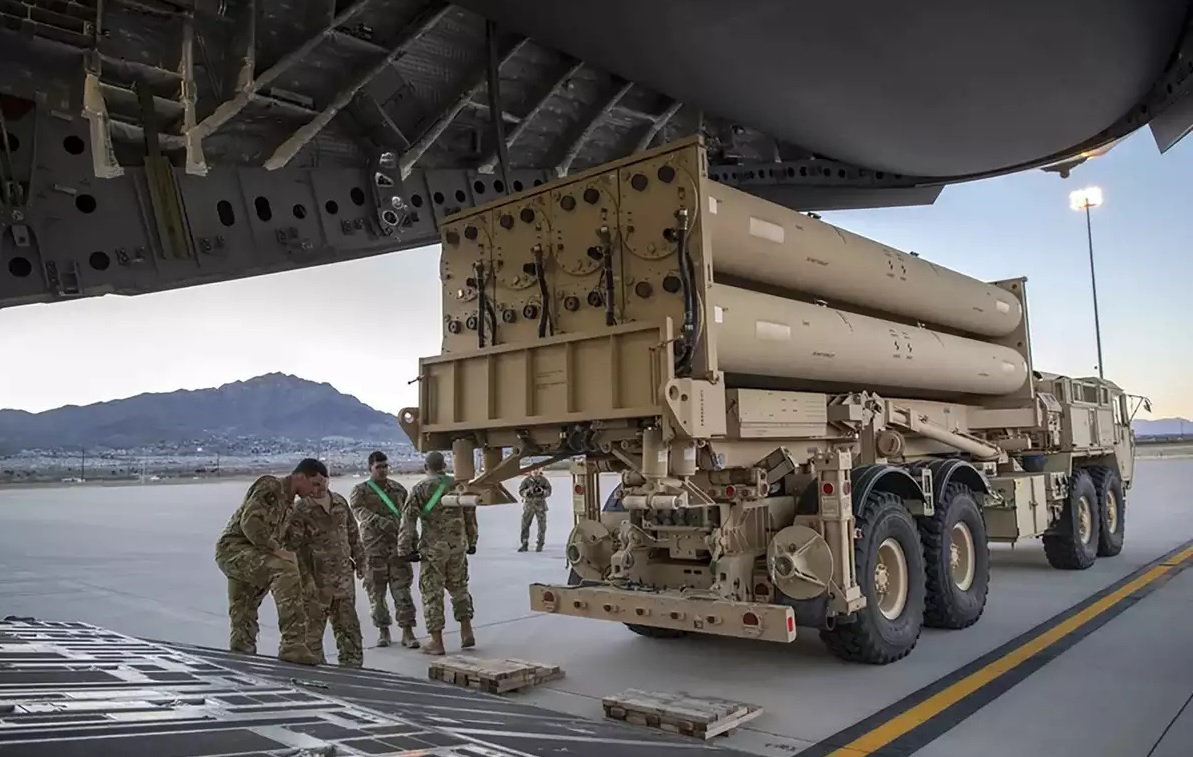The Limitations of China's DF-17 Missile: Unveiling the Reality Behind the Hype

China's DF-17 missile, a hypersonic weapon capable of reaching speeds over Mach 5, has been a significant subject of interest in the global military landscape. Lauded as a breakthrough in hypersonic missile technology, the DF-17's potential to evade missile defense systems and strike targets with precision has created a buzz around its strategic impact. However, a closer examination reveals several limitations that may temper some of the hype surrounding its purported capabilities. This article explores these limitations and contrasts them with the advertised specifications provided by China.
The Hype: China's DF-17 Missile Capabilities
China unveiled the DF-17 missile during its 70th National Day military parade in 2019. The missile is a medium-range hypersonic glide vehicle (HGV) with an estimated range of around 1,800-2,500 kilometers. It is designed to travel at hypersonic speeds, making it significantly faster than traditional ballistic or cruise missiles. The ability of the DF-17 to maneuver during flight allows it to evade existing missile defense systems, which are primarily designed to counter predictable ballistic trajectories.
The missile’s glide vehicle, which detaches from the booster rocket during mid-course flight, is capable of sharp turns and rapid adjustments, potentially making it harder for defense systems like the U.S. THAAD (Terminal High Altitude Area Defense) and Aegis to track and intercept. China claims that the DF-17 is not only capable of conventional strike missions but also could be equipped with a nuclear warhead, thus enhancing its deterrence capability.
Limitations of the DF-17: The Reality
Despite the fanfare surrounding the DF-17, there are several limitations and concerns that cast doubt on the missile’s revolutionary impact. These limitations stem from factors such as technological constraints, countermeasures, strategic application, and operational deployment.
1. Technological Maturity
While the DF-17 represents a leap in hypersonic technology for China, it is essential to recognize that hypersonic glide vehicles (HGVs) are still a relatively new technology. Developing a reliable guidance and control system for a vehicle traveling at hypersonic speeds presents significant technical challenges. At such high speeds, the heat generated by air friction and the stress on the airframe can affect the performance of the guidance system, potentially leading to inaccuracies in hitting targets. Even minor deviations can cause significant errors over long distances, raising questions about the DF-17's precision in real-world scenarios.
Moreover, the hypersonic glide vehicles must maintain stable flight dynamics at extreme speeds and altitudes. Turbulence, changes in atmospheric conditions, and ionization caused by frictional heating can disrupt communication with the missile and interfere with onboard sensors.
2. Limited Operational Range
The advertised range of the DF-17 is around 1,800-2,500 kilometers. While this is sufficient for targeting regional threats, it is not a global strategic weapon in the same category as intercontinental ballistic missiles (ICBMs). The limited range confines the missile’s strategic utility to within East Asia, covering countries like Japan, Taiwan, South Korea, and U.S. military bases in the region.
For China to target more distant adversaries, such as mainland United States or European nations, it would require different delivery systems or forward-deployed platforms, which could expose China's forces to preemptive strikes. Thus, while the DF-17 adds value to China's regional deterrence posture, it does not necessarily shift the global strategic balance.
3. Vulnerability to Emerging Countermeasures
Hypersonic weapons like the DF-17 are often considered "unstoppable" due to their speed and maneuverability. However, advancements in missile defense technology are progressing at a rapid pace. Countries like the United States are developing new interception methods, such as directed energy weapons (lasers) and advanced kinetic interceptors, which could eventually be effective against hypersonic threats.
Additionally, space-based sensors and tracking technologies are being improved to detect hypersonic weapons’ distinct flight profiles, providing early warning and targeting data for interception attempts. Although intercepting hypersonic missiles is more challenging than traditional ballistic missiles, future missile defense systems may reduce the DF-17's perceived invulnerability.
4. Logistical and Deployment Challenges
Operational deployment of the DF-17 raises logistical considerations that may limit its flexibility. The missile is designed to be launched from road-mobile launchers, which offer strategic mobility. However, the transportation of such large and sophisticated systems requires secure and well-maintained road networks. Furthermore, the deployment of mobile launchers must be carefully planned to avoid detection by adversary surveillance, which could render them vulnerable to preemptive strikes.
The reliance on specific geographic launch points due to the missile’s limited range also restricts the number of strategic options available to China's military planners. In a conflict scenario, China's DF-17 launchers could become high-priority targets, and their survivability in a contested environment remains an open question.
5. Overreliance on Hype for Deterrence
The DF-17 is often portrayed as a symbol of China's advancing military capabilities, which serves as a psychological tool for deterrence. However, hyping the missile’s capabilities can backfire if the actual performance falls short of expectations during a conflict. Overstating the effectiveness of hypersonic technology might push adversaries to accelerate the development of countermeasures and new offensive capabilities, potentially sparking an arms race.
Strategic Implications: A Regional, Not Global, Game-Changer
While the DF-17 undoubtedly enhances China's regional military posture, its limitations prevent it from being a decisive factor in altering the global strategic landscape. It is particularly relevant for deterrence scenarios involving Taiwan or U.S. bases in the Asia-Pacific region, but its impact diminishes when considering global power projection. The missile’s capabilities must be viewed within the broader context of China’s overall military strategy, which still emphasizes anti-access/area-denial (A2/AD) capabilities rather than global strike.
The DF-17 represents a significant step forward in China's military modernization, showcasing progress in hypersonic technology and signaling China's intent to challenge U.S. military supremacy in the region. However, the missile’s limitations, including technological hurdles, range constraints, evolving countermeasures, and logistical deployment challenges, suggest that the DF-17 may not be as revolutionary as often portrayed.
In essence, the DF-17 should be viewed as part of a broader strategy to complicate U.S. and allied military planning in East Asia, rather than a silver bullet that fundamentally shifts the balance of power. The reality behind the missile's hype is that while it enhances China's regional deterrence, its strategic utility and operational readiness may not yet live up to the ambitious claims made by Chinese officials.


